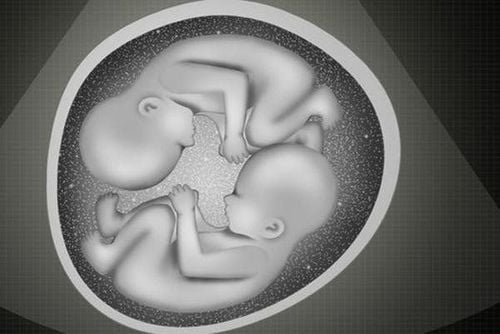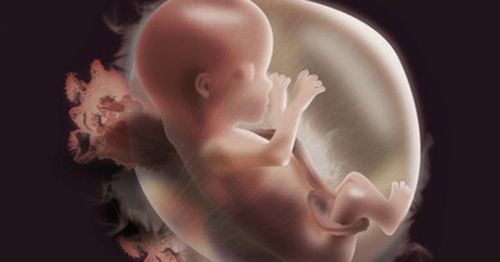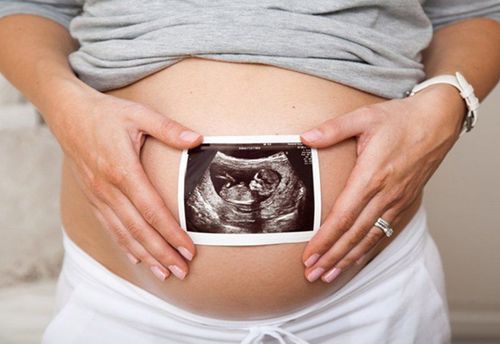This is an automatically translated article.
The article was professionally consulted by Specialist Doctor I Le Hong Lien - Department of Obstetrics and Gynecology - Vinmec Central Park International General Hospital.Amniocentesis to test for fetal malformations is a procedure usually performed between 15-18 weeks of pregnancy. Amniocentesis helps in early detection of fetal abnormalities caused by genetic abnormalities related to chromosomal disorders.
1. What is amniocentesis?
Amniotic fluid plays an important role in fetal development, amniotic fluid helps nourish the embryo, protect and protect the fetus from collisions and create a sterile environment for the fetus to develop. In addition, the amniotic fluid contains some cells that are shed from the baby's skin, testing these cells can detect birth defects due to genetic abnormalities, including Down syndrome. .Amniocentesis is a test to help diagnose fetal abnormalities done during pregnancy. Under the guidance of ultrasound, a very fine needle will be passed through the abdominal wall into the uterus to withdraw a volume of amniotic fluid about 15-30ml, the amount of amniotic fluid will be sent for genetic testing.
2. In which cases is amniocentesis performed to test for fetal malformations?
Amniocentesis is performed to help diagnose genetic abnormalities in the fetus, including Down syndrome.Amniocentesis is not indicated for all pregnant women but is only performed in pregnant women who are at high risk for genetic disorders. Commonly indicated cases include:
When previous screening tests such as triple test, combined test, non-invasive screening test (NIPT) show high-risk results, fetal nuchal translucency is thickened. . The wife is over 35 years old, the spouse has genetic disorders or the wife has a history of giving birth to a child with genetic defects or chromosomal disorders. Fetal ultrasound detects abnormalities such as cleft palate, cleft lip, heart defects, ventricular dilatation, kidney structural abnormalities,... In addition to the function of helping to test for fetal malformations, amniocentesis can only be performed. It is determined when the patient has symptoms of amniotic infection, when it is necessary to determine the maturity of the fetal lungs when it is necessary to terminate the pregnancy due to conditions such as pre-eclampsia.
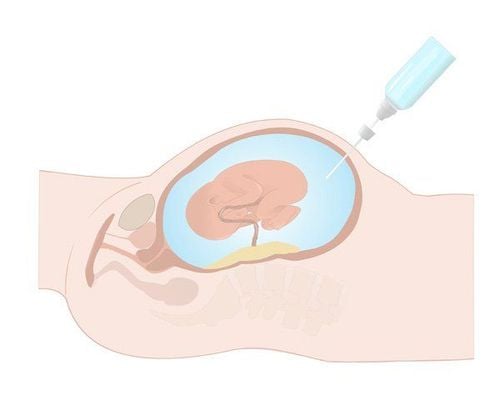
3. How is amniocentesis to test for fetal malformations performed?
Amniocentesis to test for fetal malformations is usually performed at 15-18 weeks, because this is the time when the amniotic fluid is enough, removing a small amount of amniotic fluid will not affect the pregnancy.The doctor will do an ultrasound to identify areas with lots of amniotic fluid without fetal structures. After that, the doctor will disinfect the abdominal skin, under the guidance of ultrasound, a small needle will be used to go through the abdominal wall, through the uterine muscle, aspirate amniotic fluid and bring it for testing. The amount of amniotic fluid removed will be regenerated by the body and the baby will not be short of amniotic fluid. If you are pregnant with twins, your doctor may insert a needle into your uterus twice to collect amniotic fluid from two separate amniotic chambers.
During amniocentesis, the mother will feel a slight pain, discomfort will last a few hours after amniocentesis. Pregnant women should rest, limit movement, do not carry heavy objects, do not have sex for a few days. When seeing signs such as a lot of abdominal pain, fever, vaginal discharge, vaginal bleeding, pregnant women should quickly go back to the doctor. Amniocentesis results are available within two weeks, and amniocentesis is 99.4% accurate. Pregnant women will be consulted by the doctor about the test results, with specific instructions according to each pregnancy situation.
4. Possible risks when performing amniocentesis to test for fetal malformations
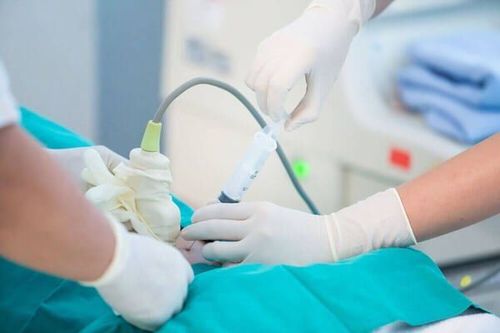
Risks that occur after amniocentesis: amniotic fluid leakage, stillbirth, rupture of membranes, infection, fetal damage, preterm birth are also possible, but very rare.
In pregnant women with hepatitis B, the risk of mother-to-child transmission of hepatitis B during amniocentesis is low. However, a high maternal HBV DNA viral load (> 7 log 10 copies/ml) may increase the risk of transmission. Pregnant women with hepatitis C having amniocentesis do not increase the risk of transmission. In HIV-infected women, amniocentesis increases the risk of transmitting the infection to their baby, especially in women who do not receive antenatal treatment.
Because amniocentesis poses few risks to the mother and fetus, it is the parents who decide whether or not to have amniocentesis after being advised of the benefits and risks. Amniocentesis helps in early diagnosis of fetal malformations related to chromosomal disorders such as Down's disease, erythrocytosis,... If the test results after amniocentesis show that the fetus has severe abnormalities, This gives parents an opportunity to consider whether or not they want to continue the pregnancy or how to prepare if their baby is born with a genetic problem.
In order to minimize the unwanted risks from amniocentesis, Vinmec International Hospital now applies the Non-Invasive Prenatal Screening Method (NIPT). This is the most effective and safe test method available today, performed right from the 10th week of pregnancy through a mother's blood sample. Non-invasive prenatal screening (NIPT) analyzes fetal free DNA in maternal blood to screen for birth defects syndromes that the fetus may have. Only 7 - 10 ml of maternal peripheral blood is needed to test for Down syndrome, Edwards. Patau... and many other fetal syndromes with a high accuracy that surpasses conventional tests.
Please dial HOTLINE for more information or register for an appointment HERE. Download MyVinmec app to make appointments faster and to manage your bookings easily.






